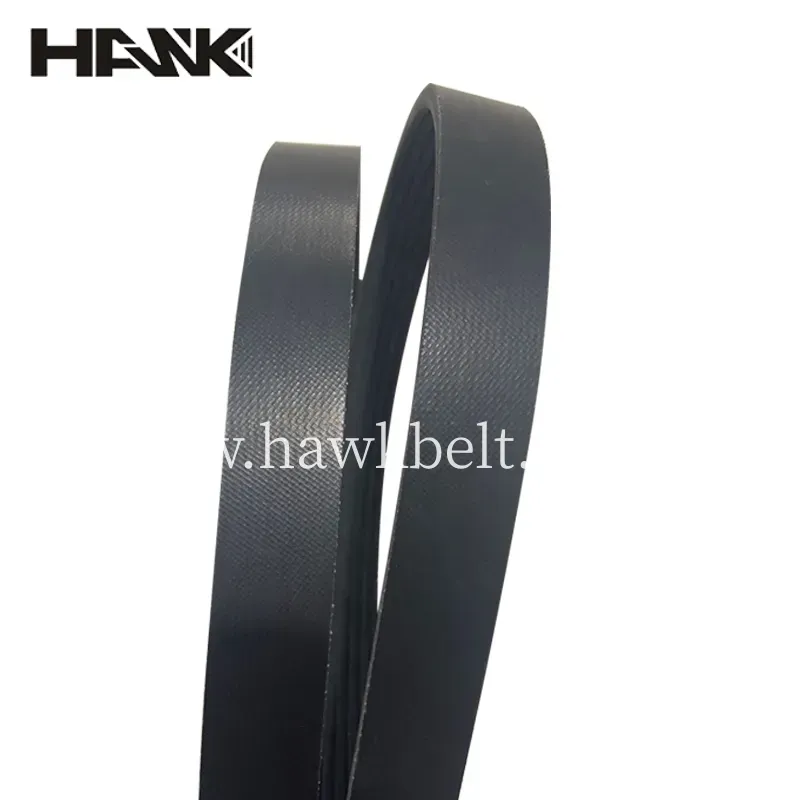- Arabic
- French
- Russian
- Spanish
- Portuguese
- Turkish
- Armenian
- English
- Albanian
- Amharic
- Azerbaijani
- Basque
- Belarusian
- Bengali
- Bosnian
- Bulgarian
- Catalan
- Cebuano
- Corsican
- Croatian
- Czech
- Danish
- Dutch
- Afrikaans
- Esperanto
- Estonian
- Finnish
- Frisian
- Galician
- Georgian
- German
- Greek
- Gujarati
- Haitian Creole
- hausa
- hawaiian
- Hebrew
- Hindi
- Miao
- Hungarian
- Icelandic
- igbo
- Indonesian
- irish
- Italian
- Japanese
- Javanese
- Kannada
- kazakh
- Khmer
- Rwandese
- Korean
- Kurdish
- Kyrgyz
- Lao
- Latin
- Latvian
- Lithuanian
- Luxembourgish
- Macedonian
- Malgashi
- Malay
- Malayalam
- Maltese
- Maori
- Marathi
- Mongolian
- Myanmar
- Nepali
- Norwegian
- Norwegian
- Occitan
- Pashto
- Persian
- Polish
- Punjabi
- Romanian
- Samoan
- Scottish Gaelic
- Serbian
- Sesotho
- Shona
- Sindhi
- Sinhala
- Slovak
- Slovenian
- Somali
- Sundanese
- Swahili
- Swedish
- Tagalog
- Tajik
- Tamil
- Tatar
- Telugu
- Thai
- Turkmen
- Ukrainian
- Urdu
- Uighur
- Uzbek
- Vietnamese
- Welsh
- Bantu
- Yiddish
- Yoruba
- Zulu
des . 11, 2024 08:10 Back to list
3d printer timing belt
Understanding the Importance of 3D Printer Timing Belts
In the realm of additive manufacturing, 3D printers have revolutionized the way we design and fabricate objects. Among the many components that contribute to the precision and reliability of these machines, timing belts play a crucial role. This article will delve into the significance of timing belts in 3D printers, their functionality, types, and maintenance tips to ensure optimal performance.
What is a Timing Belt?
A timing belt is a critical component in many mechanical systems, including 3D printers. It is a looped band made of high-strength rubber or polyurethane, often reinforced with materials such as fiberglass or steel to enhance durability and performance. Timing belts are designed to synchronize the rotation of two or more shafts, enabling precise control of movement. In the context of 3D printers, they are primarily utilized in Cartesian, CoreXY, and Delta printer designs to control the movement of the print head and the build platform.
The Role of Timing Belts in 3D Printing
Timing belts are essential for the accurate positioning of the print head and bed. They work in tandem with stepper motors, converting rotational motion into linear movement. This conversion is vital for the precise placement of filament, allowing for intricate and detailed prints.
Moreover, timing belts help reduce backlash, which is the mechanical play that can occur when the motor changes direction. By providing a reliable and consistent movement, timing belts ensure that the printer maintains a high level of repeatability—an essential factor in achieving consistent print quality.
Types of Timing Belts
There are various types of timing belts used in 3D printers, each designed for specific applications and performance requirements
1. Open Loop Timing Belts Commonly used in budget 3D printers, these belts are straightforward in construction and usually made from rubber. They are suitable for light-duty applications but can suffer from wear over time.
2. GT2 Timing Belts The GT2 (Gates Tooth Profile) belts are popular for their low backlash and high precision. They feature a 2mm pitch and are commonly used in high-performance 3D printers. Their design allows for better grip and smoother motion, making them the preferred choice for hobbyists and professionals alike.
3d printer timing belt

3. HTD Timing Belts The HTD (High Torque Drive) belts are designed for minimal stretch and high load applications. These belts have a larger tooth profile, making them suitable for systems requiring significant torque transmission.
4. Synchronous Belts These are designed to work with toothed pulleys and help maintain synchronization between the motor and the driven components, ensuring a reliable performance that is critical in complex machines like 3D printers.
Maintenance of Timing Belts
To ensure the longevity and effectiveness of timing belts, regular maintenance is essential
- Tensioning Over time, belts can stretch and lose tension, leading to inaccuracies in print quality. Regularly check and adjust the tension of the belts to prevent slippage.
- Alignment Misalignment can cause uneven wear on the belts and pulleys, leading to premature failure. Periodically inspect the alignment of the belts to ensure they run smoothly.
- Cleaning Dust and debris can accumulate on the belts, affecting their performance. Regular cleaning with a soft cloth can help maintain their functionality.
- Replacement As with all mechanical components, timing belts have a limited lifespan. Watch for signs of wear, such as fraying or cracking, and replace them as needed to avoid operational disruptions.
Conclusion
In summary, timing belts are a vital component of 3D printers, greatly influencing their performance and print quality. By understanding the types of timing belts available and adhering to maintenance best practices, users can enhance their 3D printing experience. Whether you're a hobbyist or a professional, keeping an eye on this crucial component will ensure that your 3D printer continues to operate smoothly and efficiently, enabling you to produce high-quality prints time and time again.
-
Korean Auto Parts Timing Belt 24312-37500 For Hyundai/Kia
NewsMar.07,2025
-
7PK2300 90916-T2024 RIBBED BELT POLY V BELT PK BELT
NewsMar.07,2025
-
Chinese Auto Belt Factory 310-2M-22 For BMW/Mercedes-Benz
NewsMar.07,2025
-
Chinese Auto Belt Factory 310-2M-22 For BMW/Mercedes-Benz
NewsMar.07,2025
-
90916-02660 PK Belt 6PK1680 For Toyota
NewsMar.07,2025
-
drive belt serpentine belt
NewsMar.07,2025

